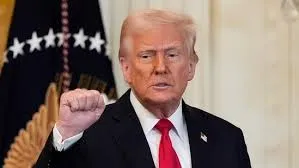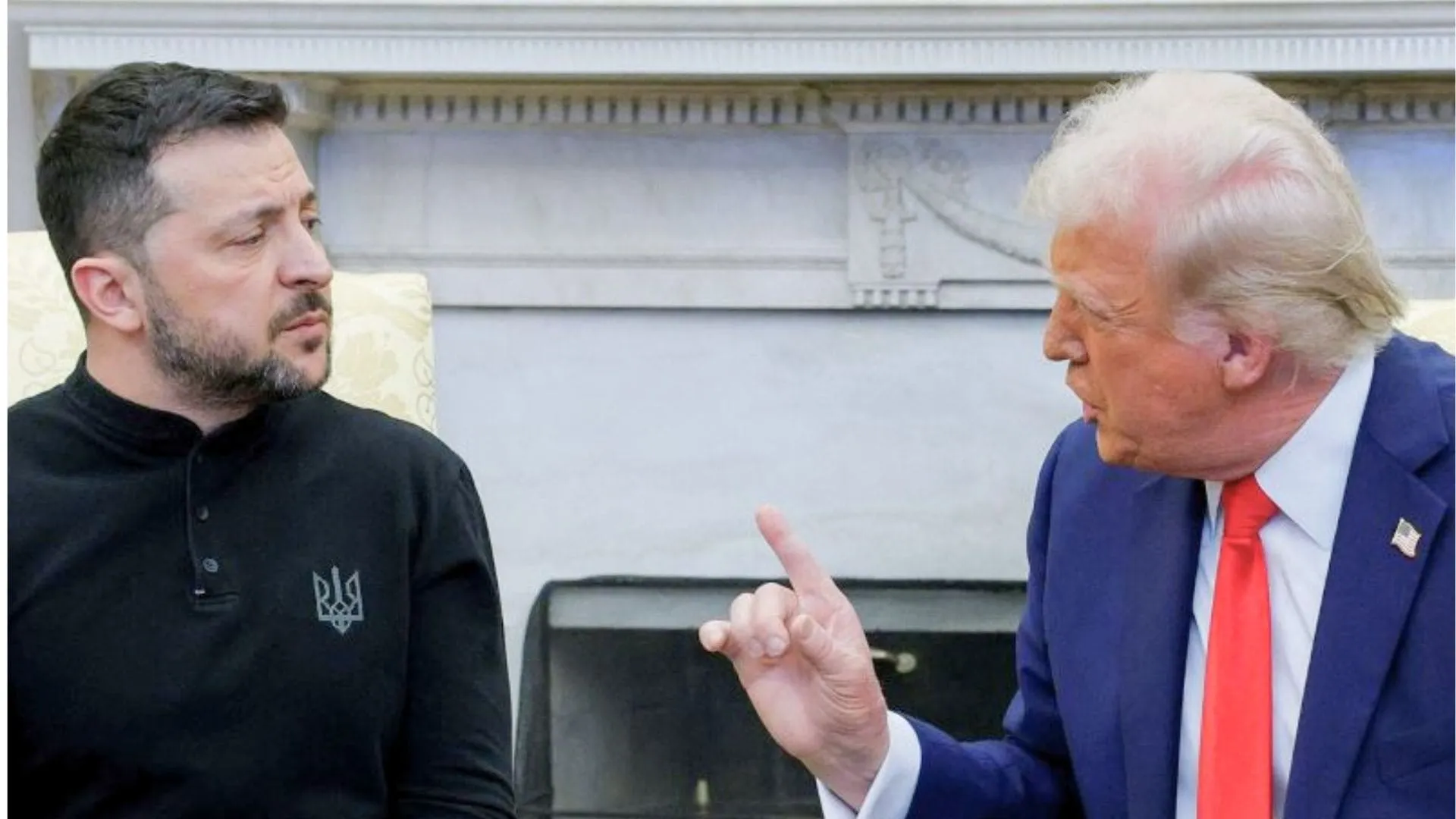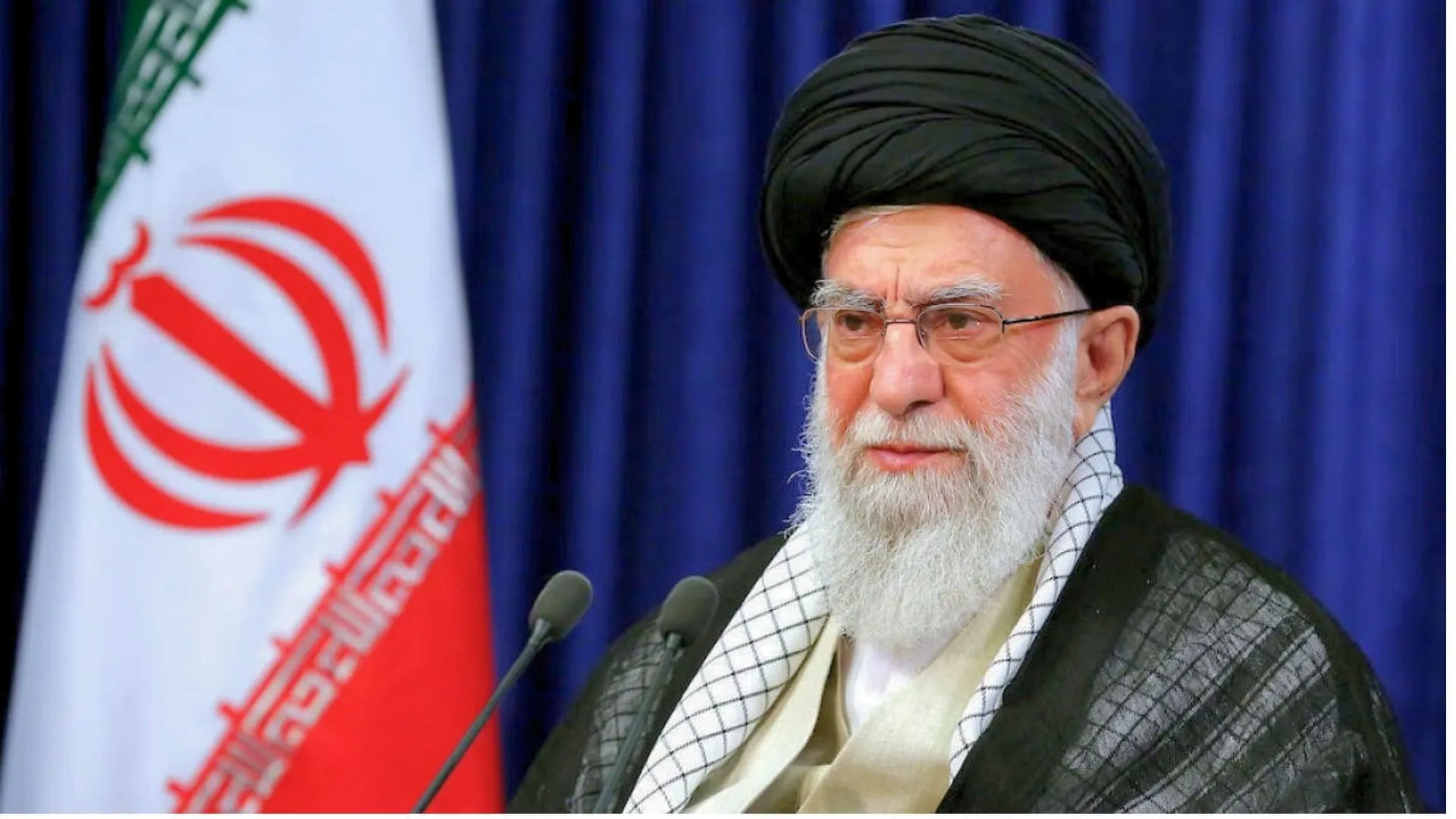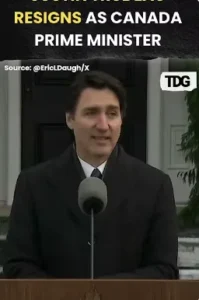President Donald Trump has signed an executive order instructing Vice President JD Vance, a member of the Smithsonian Board of Regents, to eliminate “improper, divisive, or anti-American ideology” from Smithsonian museums, education and research centers, and the National Zoo. The order also mandates the restoration of federal monuments and statues that have been removed or altered in recent years.
Restoring Federal Monuments
The order tasks the interior secretary with restoring federal monuments and statues that were removed or modified to “distort history or improperly minimize certain historical figures or events.” Trump stated that these changes promoted a “false revision of history” and must be corrected to preserve the nation’s heritage.
Targeting Smithsonian Institutions
JD Vance, now assigned to oversee the initiative, will ensure that content within Smithsonian museums and educational institutions aligns with a historically accurate portrayal of American history. The order emphasizes removing content deemed divisive or contrary to American values.
Preserving Historical Integrity
Trump’s order comes amid ongoing debates over how US history is portrayed in public institutions. Critics have accused some institutions of promoting narratives that downplay the contributions of significant historical figures. The White House said the order seeks to safeguard the integrity of historical education and public memory.
Criticism and Support
The move has drawn mixed reactions. Supporters argue that it protects historical accuracy, while critics warn it could stifle diverse perspectives in historical narratives.





















